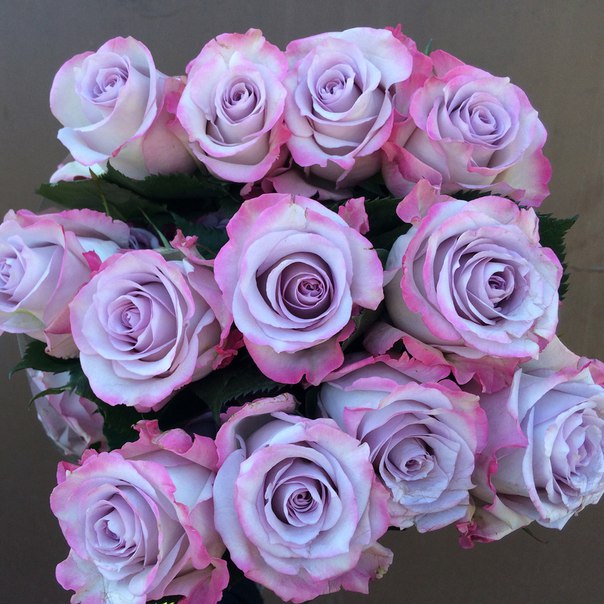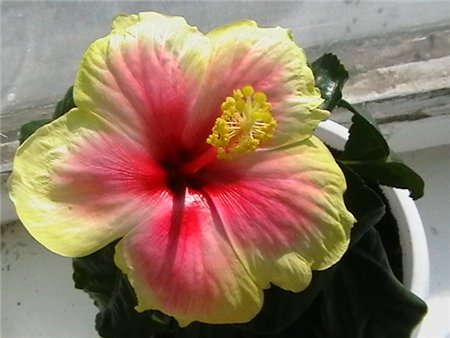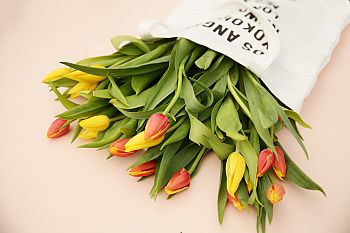any interior
Pilea
 The homeland of pylaea is the tropics of Asia, Africa and Australia. If you touch the mature buds of pylaea or slightly sprinkle water on them, they open and shoot pollen.
The homeland of pylaea is the tropics of Asia, Africa and Australia. If you touch the mature buds of pylaea or slightly sprinkle water on them, they open and shoot pollen.
All pylaea are unpretentious and decorative throughout the year. It is recommended to grow them in wide pots or bowls. These plants will feel great if you find them a place on the windows of eastern and western orientation. Pilea has many varieties, differing in color and shape of the leaves. Only some species of this perennial plant can be grown as houseplants.
Temperature mode
Pilea is thermophilic, therefore it should be kept at a temperature not lower than 12 ° C. In winter, plants are kept at a temperature of + 16-18 ° C in a bright place. On frosty nights, they should be removed from the window sills and protected from drafts.
Lighting Continue reading
Agave
 The extensive genus of agaves unites approximately 300 species native to North and Central America. Agaves are very undemanding plants. The name was given in honor of Agave – the daughter of one of the ancient mythical kings.
The extensive genus of agaves unites approximately 300 species native to North and Central America. Agaves are very undemanding plants. The name was given in honor of Agave – the daughter of one of the ancient mythical kings.
Agave is a fairly powerful plant with succulent leaves. The leaves have an aquiferous tissue, which allows them to spend moisture during dry periods very economically. The diameter of the leaf rosette reaches 2.5 m. The leaves are large, solid, fleshy, wide or narrow, ending in strong spines; most species have strong bent or straight thorns at the edges of the leaves. The color of the leaves is gray, green, bluish-green, in some species yellow or white stripes or whitish threads are split along the edges of the leaves, split off from the edges. The leaves are covered with a thick waxy coating.
Agave blooms once in a lifetime – after flowering it dies, leaving numerous root offspring. A high peduncle (up to 10 m) appears from the middle of the outlet and bears several thousand (2 to 8) beautiful bell-shaped flowers collected in panicled inflorescences. Indoor plant never blooms. Continue reading
Anthurium
 The birthplace of Anthurium is the tropics of South America. Among a huge number of representatives of the genus there are epiphytes, vines and herbaceous plants.
The birthplace of Anthurium is the tropics of South America. Among a huge number of representatives of the genus there are epiphytes, vines and herbaceous plants.
Anthurium inflorescence is an ear wrapped in a brightly colored leaf. Anthuriums bloom for a long time. Sometimes up to 3 months. The plant blooms indoors mainly during the summer, but some types of anthurium can bloom most of the year, provided that they are kept at a temperature of 22-25 ° C.
The unique appearance of a houseplant emphasizes the sophistication of interiors made in the styles of past eras: Art Nouveau, Baroque, Empire style.
Temperature mode
Anthurium is a heat-loving plant, so it needs a high air temperature. In summer, it should not fall below 20-27 ° C, in winter – not lower than 15-17 ° C Continue reading




